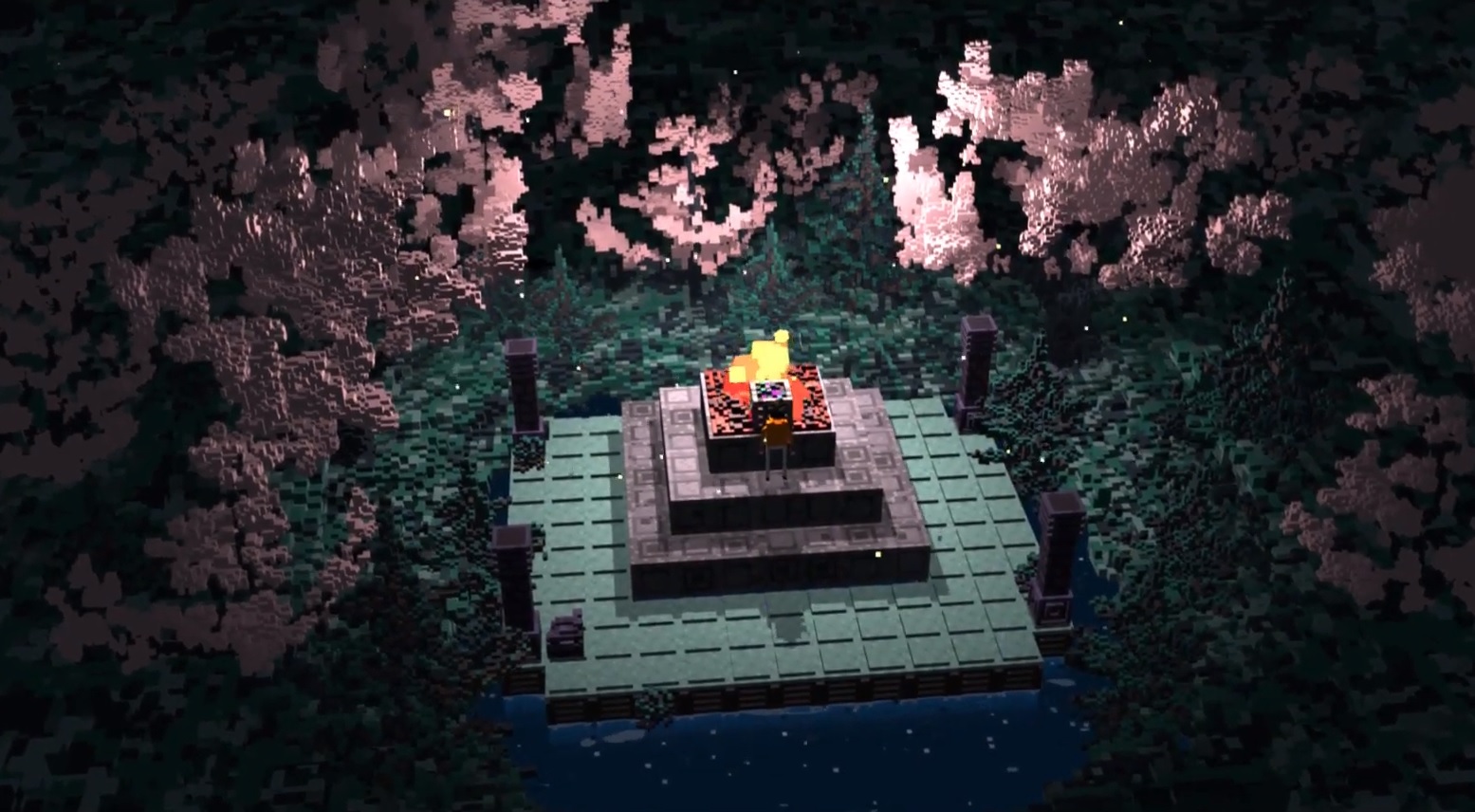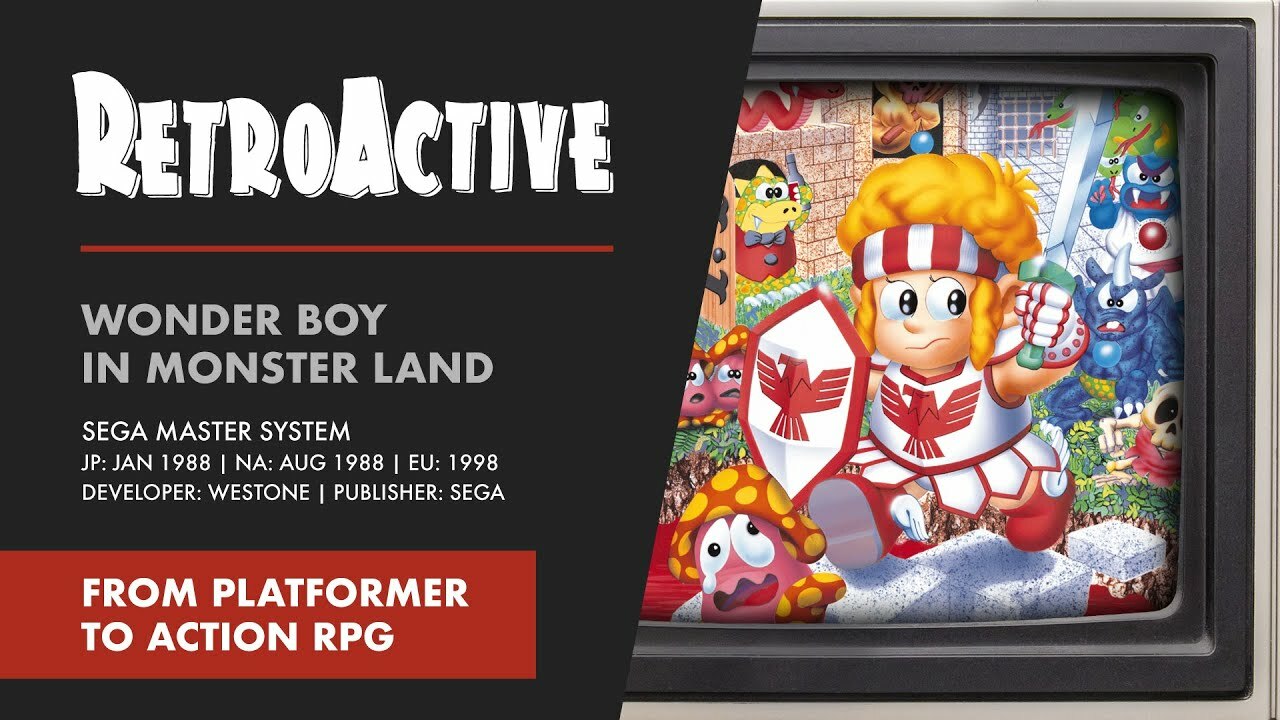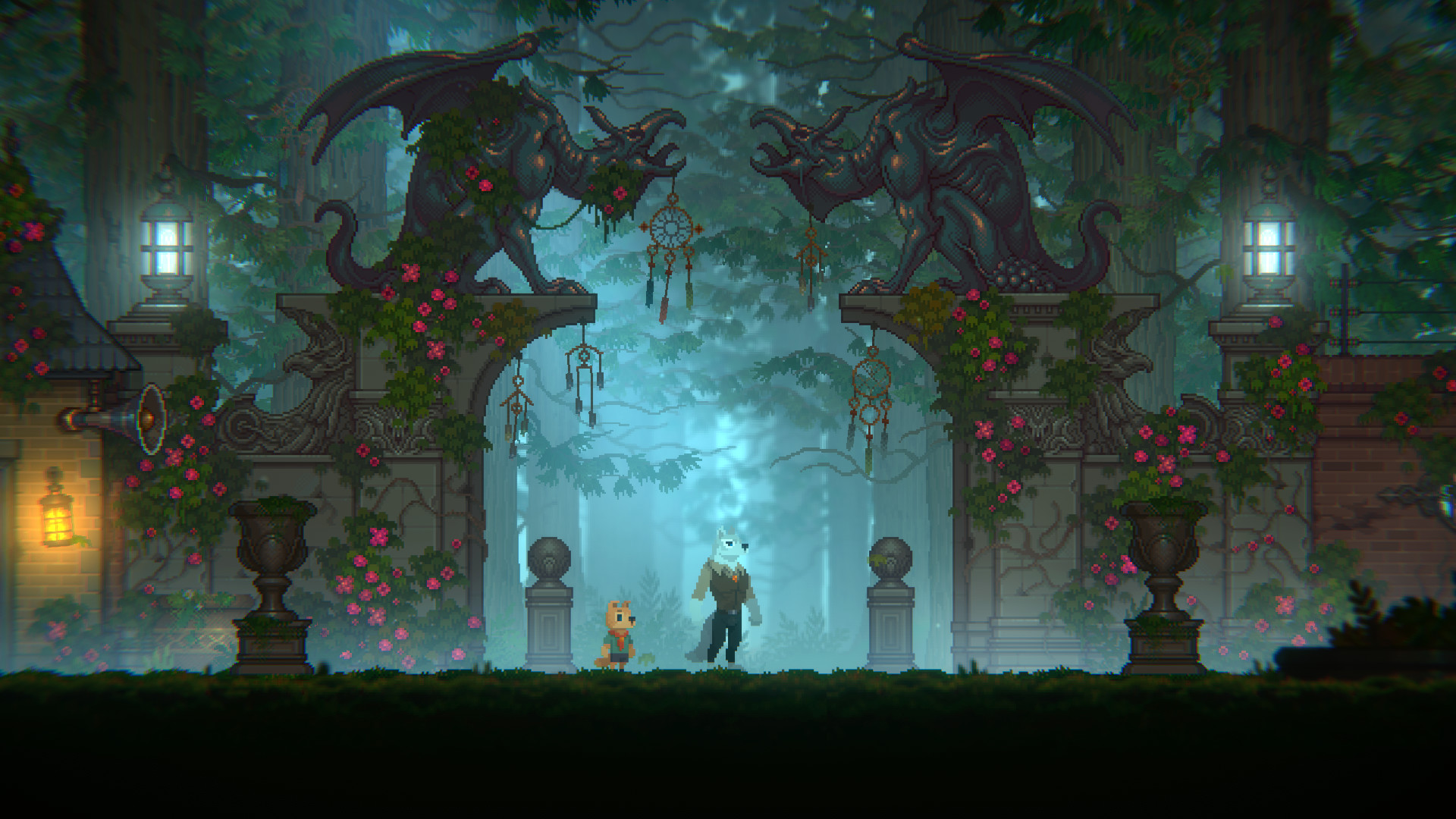Share
Street Fighter II remains one of my most regarded video game OSTs. The soundtrack is easily one of the earliest I remember humming to myself. Vega (Claw) and Guile’s themes are staples of a moment in gaming history, not to mention the perfect listen at the gym. Yoko Shimomura was a recent college grad when she composed these memorable tunes. After Street Fighter II”s international success, the company formerly known as Squaresoft recruited Shimomura. Shimomura’s first assignment with the JRPG masters, and the source that taught me Roman numerals, was a region-locked adventure titled LIVE A LIVE.

The more I learned about this obscure JRPG, the more I made it my life’s mission to play. LIVE A LIVE was released in 1994 on the Super Famicom to unsuccessful sales. This is understandable, as the game itself is a drastic divergence from Squaresoft’s catalog at this point. Director Takashi Tokita, also behind Square’s legendary Chrono Trigger, wanted to create a title divergent from the Final Fantasy series. The player experiences the world of not one but seven protagonists. Each chapter contains unique gameplay and narrative style with a conclusive fight between the lead and some form of the Demon King Odio, the overarching big bad of the entire game. What destiny awaits our varied heroes? Who or what is Odio and his drive? At what point is a legacy created, honored, and forgotten?

The battle system in LIVE A LIVE is original and easy to use. Battle screens are separate from the gameplay, as a triangle swipe transitions into a Dungeons & Dragons-like 7×7 grid. Enemies and party members move up, down, left, or right to attack with various moves and abilities. This chess-like, or even shogi-esq, system relies heavily on turn-based delivery, as well as tactfully measuring attack effectiveness through player proximity to enemies. Before confirming an attack, squares light up on the board to show which spaces will receive damage. The goal is to make sure enemies are inside these squares to land a move.

The more powerful or effective a move is, the more turns it takes to charge. Some playable protagonists and secondary characters are better at physical attacks, while some are healing oriented. The entire system lacks a separate magic/mana/MP/PE/PP gauge customary in other Adventure/JRPG titles. Players can use unlimited magic attacks in the same way as physical. Attacks vary from elemental to close and projectile, and players must feel comfortable with the awkward and abrupt changes in battle strategy from switching chapters. Characters’ hit points are replenished at the beginning of every battle, making the need to heal between screens unnecessary. Not all scenarios are battle-based, but every chapter has at least a final confrontation with Odio.
Another note of uniqueness to LIVE A LIVE‘s battle system is discerning where enemies and allies’ health is at during a fight. The game does not rely on a display that shows the stats of each character. The damage is indicative through changes in sprite animation. Players have one chance to revive a fallen comrade whose HP is at zero. If attacked once more before a player can heal, party members will go from dying to dead – no amount of Phoenix Downs will grant their soul back.


NOTE: Throughout this article, I am referring to the fan-subbed, unofficial English localization/translation by Aeon Genesis. Square Enix has never expressed interest in officially releasing LIVE A LIVE to the West. However, Tokita stated during a 26th-anniversary stream last October, “… if fans keep passionately supporting LIVE A LIVE, something might happen one day in some form”.
The arrangement of each chapter in this article is dependent on the order I played through LIVE A LIVE. The sequence of completion does not have any bearing on gameplay or narrative.
Finally, this is a two-part article, so be sure to check in soon for the conclusion!
Akira Tadakoro (Near Future CHAPTER; Flow)

I am relieved that this was the first chapter I attempted, as both the characters and the world are charming but border-line perverted. “Flow” is complete with stealing a girl’s panties and a zany scientist. This inventor makes the player touch items in a specific order to trigger protagonist Akira Tadakoro to travel through a toilet and uncover the giant mech robot harboring under his lab. The player soon finds out that Buriki Daioh, the robot’s delicious anime name, is most optimal through Akira’s power of telekinesis.
If this sounds insane, it’s because it is.

The narrative focuses on an orphaned boy with this strange power, a town on the brink of being sacrificially liquified, and a final battle best detailed as Gigantor versus Odio, taking the form of a giant totem Chocobo dubbed Odeo. Akira’s ability is triggered by pressing separate buttons when approaching an NPC. At first, it was awkward to engage with both the thoughts and dialogue of a character, but this dynamic is necessary to advance. The player encounters battles throughout the overworld, meeting wacky allies and enemies easily reminiscent of a Tokusatsu franchise. Shimomura’s contributions are the most epic element of this scenario. The Buriki Daioh has quite the catchy theme song, with accompanying Romanji lyrics similar to the opening of Mazinger Z.

The narrative is well-paced, albeit weird at times. Akira’s battle mates include the rebellious motorcycle riding, taiyaki-selling Matsu, and a liquified pet turtle transposed into a fluid android. However, as an issue often in LIVE A LIVE, I had no idea where to go or what to do next due to the precision behind the game’s advancement triggers. As JRPG fans know, continual and frequent random encounters will lead to an insane character level. In the case of LIVE A LIVE, this makes the eventual separate but connected conclusion easier to bear. The final battle of this particular chapter was also too easy to overcome, yet I still needed to comb through a dusty walkthrough on an old HTML creator site. “Flow” is one of the more restrictive scenarios and, honestly, develops a protagonist not of note.

I still selected Akira as my lead for the final encounter, mostly because “Flow” uses the same tropes from Japanese pop culture as the ones I find hard to resist in my actual life.
POGO (Ancient Times Chapter; Contact)

Pogo was next in my playthrough, as the prehistoric setting of this scenario gave me nostalgia for Chrono Trigger. Pogo is a young caveman exiled from his tribe after hiding outsider Bel. Bel is a young cavewoman meant as a sacrifice for O-D-O (yes, Odio). Pogo instantly falls in love with Bel, and with his farting gorilla friend Gori, the three rid their world of the horned dinosaur O-D-O. Communication through oral language does not exist in this world. Much like Akira, Pogo uses his nose as an alternate sense. Pogo’s sniffing ability is required to advance further in the chapter.

“Contact” is not particularly engaging but does contain moments of potty humor. The narrative is inherently Romeo and Juliet, with the exclusion of the star-crossed lovers’ tragic end. Encounters are random and follow the game’s established battle system. These battles contain great sprite animations of monstrous birds and baby mammoths. During exile, the party tediously travels from one end of the map to the other. This seems easy enough, but I ran into an issue due to the sequencing of events being unclear to the player.

The game refuses to handhold the player, as is customary for a JRPG from the ’90s. I did not realize I had to conquer all enemies on the map before entering the rival tribe’s hideout. As a result, the battle counter resets. Since I did not defeat all the enemies the first time, I had to continuously face the same opponents until I got the hint. How fantastic for those of us who love to grind, which, again, makes the ending of the game easier to endure. However, Pogo was not part of my final party. I could not, for the life of me, find his hiding spot in the ending’s overworld.
Xin Shan Quan (Ancient China Chapter; INHERITANCE)

I was admittedly wary of the “old-kung-fu-master-seeks-disciples-to-teach-his-dying-ways” trope that “Inheritence” does not stray from. However, it does contain some of the more comical and suggestive moments in the game. The Xin Shan Quan master rangles three potentials to train them in his ancient martial art. These disciples include the food-obsessed and self-doubting Sammo Hakka, persistent and pestering Yuan Jon, and the snarkily strong bandit, Li Kuugo. Tragedy eventually ensues. Which student Master advances with to defeat the dastardly Odio is dependent on how you play this scenario. In “Inheritance” Odio is Odi Wang Lee, the head of the murderous rivalry kung fu school, Yi Po Men.

I do like this chapter’s ability to add replay to the overall title, as well as its commentary on loss and gain. Strength in the narrative, as well as Shimomura’s score, remind the player of human nature’s ability to trust the inward process even in the face of great adversity. Odio actually attempts to undermine this during LIVE A LIVE’s conclusion. However, I refused to let Sammo join my final party because he needed to eat the majority of my healing items before doing so.

I considered this a necessary sacrifice.
Sundown Kid (Old West CHapter; Wandering)

The Sundown Kid is wanted in this formulaic rendition of the American West. Before entering Success Town, the Sundown Kid faces off with an old rival, Mad Dog. The two save the town from a rogue gang of bandits led by the one and only O. Dio. “Wandering” is probably my least favorite scenario and the tired spaghetti western notes at the center are the least of its worries. Battles are limited to staged encounters between Mad Dog and the gang. As we know, grinding is essential later on, but the Sundown Kid is unable to adequately do so.

The gameplay is unique though. The player is required to collect items throughout the town to set down traps for the encroaching gang. However, I did not know I was supposed to rally the town’s people to do my bidding by directly speaking with them. I would have convinced them to set down these traps and ultimately avoided a rather crowded boss fight. I thought these items were the weapons I was supposed to use during the battle. So I guess there was that.

Fortunately, the music is not too much despite the overdone overtones of Clint Eastwood as an influence. The narrative is a difficult immersion but I imagine it has a better hold on an audience not from the United States. The traveling band in the saloon act as bards in this campaign. The guy with the maracas singing is one of the more charming moments in LIVE A LIVE. However, every character fits into that Wild West mold and lacks depth, originality, and a satisfying player connection. I found myself reading way more dialogue than I enjoy in a JRPG and not enough enjoyment from learning new attacks and leveling up. I was relieved to play this chapter during the middle of my experience.
I would have a drastically different opinion about LIVE A LIVE otherwise.

After defeating O. Dio, he turns into an evil purple horse for some reason with a tacked-on Native American backstory and runs off into the sunset. The player is faced with Mad Dog once again in a shoot-out. There are several ways to approach this conflict, so I killed him instead of fleeing, giving me a less than the desirable ending to “Wandering”.
Oops.
Masaru Takaharu (PRESENT DAY CHAPTER; The Strongest)

“The Strongest” is Street Fighter II if it was a JRPG. Masaru Takaharu is determined to become the strongest in the world. “The Strongest” plays out with a series of one-on-one battles between six skilled fighters. The chapter contains the 7×7 grid and tactical battle system used throughout the game. Masaru learns each fighters’ attacks after defeating them, like Hulk Hogan’s, erm, I mean Max Morgan’s German Suplex. There are no random battles or overworld to explore, just duking it out with these formidable foes in turn-based bliss. Once Masaru defeats every opponent, he is met with the evil Odio in the form of Odie Oldbright. Oldbright has killed all of Masaru’s former opponents and is now hell-bent on ending Masaru’s life too. Masaru defeats Oldbright with the moves he acquires during the course of the scenario.

“The Strongest” is the easiest chapter, but for some reason, I couldn’t initially figure out the right order to defeat each opponent. Oldbright is infuriating if the player defeats the initial enemies before learning all of their attacks. He will use a diagonal move that kills Masaru instantly. I ended up using Masaru for the final battle since he was the easiest to convince and locate. I skyrocketed his level in the end with Akira.

Shimomura’s compositions in this scenario play heavily from its source. In some ways, it feels like a jab at Capcom, but LIVE A LIVE is a labor of love and created by those who worship the influence. I love the portraits of each opponent and how character stills become all bloody and bruised once defeated. This specific nod and attention to detail exemplify the beautiful dedication that went into making this game, despite “The Strongest” being the most narratively narrow and featuring a protagonist with selfish intentions. The break from the JRPG structure of random encounter to random encounter allows for a nice reprieve from the denser and still to be discussed chapters in LIVE A LIVE.
TO BE CONTINUED AND BEYOND…
Shimomura would go on to compose the Kingdom Hearts series, which catapulted her and Square into the heavens as a premiere name in Japanese style role-playing for the Playstation 2 era. Other titles she has worked on include Final Fantasy XV and Parasite Eve, all series I equally love for their own reasons, but with music that remains the same – as some of video games’ finest.
This and more as I continue my discussion on LIVE A LIVE in Part II. The conclusion contains some insight into the game’s overall thematic lens, as well as analyzing the complexity behind the developers’ attempts to tie seven narratives into one.





